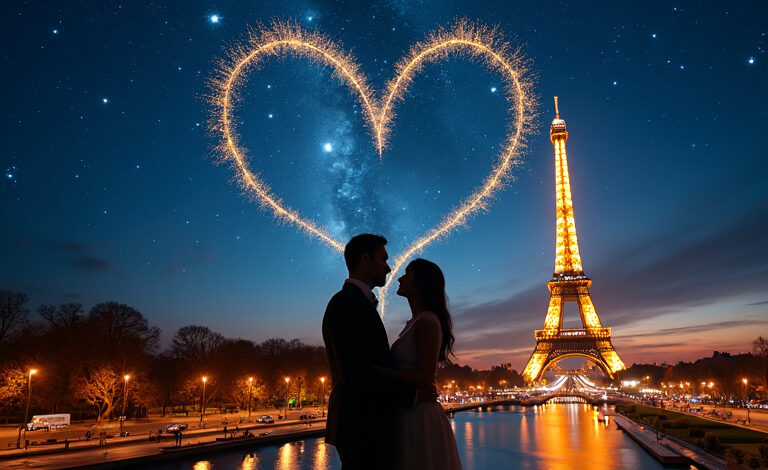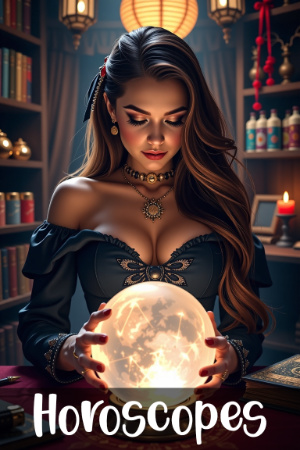
Christmas is a season filled with wonder, tradition, and the spirit of giving. From festive carols to twinkling lights, every detail adds to the magic of the holiday. But beyond the familiar sights and sounds lies a treasure trove of fascinating facts and quirky tidbits that many people have never heard of. Whether you’re a trivia enthusiast or simply love learning more about your favorite time of year, Christmas trivia offers a fun way to dive deeper into the holiday’s rich history and unique customs.
Did you know that some Christmas traditions date back centuries, while others are surprisingly modern? Or that different cultures celebrate the holiday in their own distinctive ways? These bits of trivia not only add depth to our understanding of Christmas but also provide fun conversation starters during those cozy holiday gatherings. So grab a cup of hot cocoa and get ready to explore 50 fascinating facts about the most wonderful time of the year!
50 Fascinating Christmas Trivia Bits

- Christmas wasn’t always on December 25th. The exact date of Jesus’ birth is unknown, and the holiday was initially celebrated on different days.
- The first recorded Christmas celebration was in Rome in 336 AD.
- The tradition of Christmas trees dates back to 16th-century Germany, where people decorated trees in their homes.
- The song “Jingle Bells” was originally written for Thanksgiving, not Christmas.
- Rudolph the Red-Nosed Reindeer was created in 1939 as a marketing gimmick for Montgomery Ward.
- The world’s tallest Christmas tree was a 221-foot Douglas fir erected in Seattle in 1950.
- “Xmas” isn’t a modern abbreviation—it dates back to the 16th century and uses the Greek letter “Chi” (X), which represents Christ.
- Santa Claus’ red suit became iconic thanks to a Coca-Cola ad campaign in the 1930s.
- In Japan, KFC is a popular Christmas meal. Many families order buckets of fried chicken as part of their holiday tradition.
- The custom of hanging stockings comes from a legend about St. Nicholas helping a poor family by placing gold coins in their stockings.
- The famous poem “A Visit from St. Nicholas” introduced many modern Santa traditions, including his reindeer.
- Tinsel was once made of real silver. It was invented in 1610 in Germany.
- The tradition of sending Christmas cards began in England in 1843.
- Norway provides the Christmas tree in Trafalgar Square, London, each year as a token of gratitude for Britain’s help during WWII.
- “Silent Night” was first performed on Christmas Eve in 1818 in Austria.
- The largest snowman ever built was 122 feet tall and created in Maine in 2008.
- The tradition of kissing under mistletoe has roots in Norse mythology.
- Alabama was the first U.S. state to officially recognize Christmas as a holiday in 1836.
- Christmas lights were invented by Edward Johnson, an associate of Thomas Edison, in 1882.
- The Twelve Days of Christmas begin on December 25 and end on January 5, marking the arrival of the Magi.
- The Yule log tradition predates Christmas and was part of ancient winter solstice celebrations.
- The highest-grossing Christmas movie of all time is Home Alone.
- The candy cane’s shape is said to resemble a shepherd’s crook, symbolizing shepherds who visited Jesus.
- Santa Claus is based on St. Nicholas, a 4th-century bishop known for his generosity.
- In Iceland, children receive gifts from 13 mischievous Yule Lads.
- “White Christmas” by Bing Crosby is the best-selling single of all time.
- The NORAD Santa Tracker began in 1955 after a typo in a newspaper ad directed kids to call the military command center.
- The first artificial Christmas trees were made in Germany using goose feathers dyed green.
- Each year, more than 3 billion Christmas cards are sent in the U.S. alone.
- The tradition of caroling began as a way to spread cheer during the winter solstice.
- Franklin Pierce was the first U.S. president to decorate the White House Christmas tree.
- The Poinsettia plant is native to Mexico and was introduced to the U.S. in 1828.
- In Australia, Christmas falls in summer, so barbecues and beach outings are common.
- St. Nicholas Day is celebrated on December 6th in many European countries.
- Christmas crackers, popular in the UK, were invented in 1847 by Tom Smith.
- The tradition of eating fruitcake during Christmas originated in Roman times.
- The U.S. Postal Service delivers millions of letters to Santa each year.
- Christmas markets originated in Germany during the late Middle Ages.
- The world’s largest gingerbread house was built in Texas in 2013 and measured over 39,000 cubic feet.
- The first Christmas postage stamp was issued in Canada in 1898.
- The Rockefeller Center Christmas tree tradition started in 1931.
- In Venezuela, people roller-skate to church on Christmas morning.
- Krampus, a horned figure in Alpine folklore, punishes naughty children during Christmas.
- The tradition of the Advent calendar began in Germany in the 19th century.
- “O Christmas Tree” is based on a traditional German folk song.
- Turkey became a popular Christmas dish in England in the 16th century, thanks to King Henry VIII.
- The first U.S. state to ban Christmas celebrations was Massachusetts in 1659.
- The Christmas wreath’s circular shape symbolizes eternity and unending love.
- Boxing Day, celebrated on December 26, originated in the UK as a day to give to the less fortunate.
- The Statue of Liberty was a Christmas gift from France to the U.S. in 1886.
Final Thoughts
Christmas is a holiday brimming with history, culture, and delightful surprises. From ancient traditions to modern customs, every detail adds a layer of magic to the season. Whether you’re sharing trivia around the dinner table or simply enjoying the festive spirit, these fun facts remind us of the joy and wonder that Christmas brings. So, as you deck the halls and spread holiday cheer, may your season be merry, bright, and filled with fascinating stories to tell!




